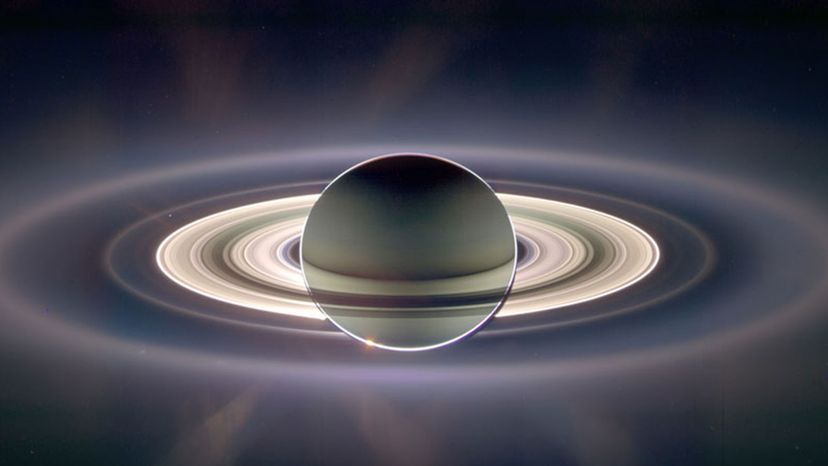NASA Satellites

The U.S. actually began launching satellites shortly before NASA was created. On Jan. 1, 1958, a Juno 1 rocket launched from Cape Canaveral Air Force Station in Florida successfully and rose 200 miles (321 kilometers) into the sky before releasing a satellite called Explorer 1 [source: NASA]. But Explorer wasn't just about getting into orbit — the satellite produced important scientific knowledge as well, by documenting the existence of the Van Allen Radiation Belt that encircles the Earth [source: Garber and Launius].
In the decades that followed, Explorer was followed by numerous other unmanned missions. NASA has sent several robotic space probes to various places in the solar system. The early probes (Ranger, Lunar Orbiter, Pioneer and Surveyor) were sent to the moon to obtain information necessary for the moon landings of the Apollo program. NASA later returned to the moon with the Clementine (1992) and Lunar Prospector (1998) probes for further exploration.
Advertisement
NASA has sent flybys, orbiters and landers to explore the inner and outer planets. They include:
- Mariner: flybys of Mercury, Venus and Mars
- Pioneer: flybys of the moon (early missions), Jupiter (Pioneer 10), Venus (Pioneer Venus missions)
- Voyager: flybys of Jupiter, Saturn, Uranus and Neptune
- Magellan: Venus orbiter and radar mapping
- Viking: Mars landings
- Galileo: Jupiter orbiter
- Hubble Space Telescope: an orbital observatory that has helped scientists to peer into the early universe and more precisely estimate its age.
- Cassini: Saturn orbiter with Huygens landing probe on Saturn's moon, Titan
- NEAR: asteroid orbiter
- Deep Space 1: asteroid flyby
- Stardust: comet flyby and sample return
- Pathfinder, Spirit, Opportunity: Mars landing rovers
- Mars Climate Orbiter: Mars orbiter
- Messenger: Mercury orbiter
- Dawn: first probe to orbit an object in the main asteroid belt between Mars and Jupiter [source: JPL].
- WISE/NEOWISE: scanned the entire celestial sky in infrared 1.5 times, and captured more than 2.7 million images of objects in space, from comets to galaxies [source: NASA].
- Juno: a Jupiter orbiter that revealed the turbulent nature of the solar system's biggest planet [source: NASA].
- Curiosity and Opportunity: two rovers that are exploring the surface of Mars [source: Koren].
- New Horizons: transmitted color images of the dwarf planet Pluto and its Charon [source: NASA].
- InSight: launched in May 2018, this probe will investigate the dynamics of Martian tectonic activity [source: NASA].
These probes have made many invaluable scientific discoveries. Next, we'll look at Projects Mercury, Gemini and Apollo.